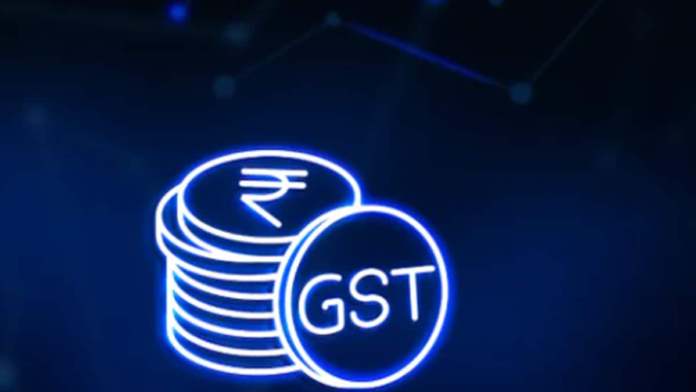Last Updated:
Before filing for a GST refund, it’s crucial to determine if you meet the eligibility criteria.
Check eligibility criteria, step-by-step filing process, and common reasons for delays in GST refunds
Navigating the complexities of the Goods and Services Tax (GST) system in India is essential for every taxpayer, especially when it comes to managing refunds. Designed to simplify tax compliance and enhance ease of doing business, the GST framework offers a lifeline to businesses by enabling refund claims in specific scenarios. These refunds can play a pivotal role in maintaining healthy cash flow and operational efficiency. Whether you’re an exporter awaiting input tax credits or a business owner addressing overpayments, understanding the nuances of checking your GST refund status is key. In this article, we break down the eligibility criteria, step-by-step filing process, and common reasons for delays in GST refunds.
Sujit Bangar, founder of Tax Buddy, provided detailed insights on checking your GST refund status, including eligibility criteria, the filing process, and common causes of delays.
Eligibility for GST Refunds
Before filing for a GST refund, it’s crucial to determine if you meet the eligibility criteria. Refund claims generally arise in specific scenarios:
- Excess Input Tax Credit (ITC): This occurs when the ITC surpasses your GST liability, which is common in sectors with lower output GST rates compared to input GST rates.
- Exports of Goods or Services: As exports are zero-rated under the GST framework, exporters qualify for refunds on taxes paid.
- Incorrect or Excess Payments: Taxpayers who mistakenly paid GST under the wrong tax head or made excess payments are eligible for refunds.
- Inverted Duty Structure: Refunds may also be claimed when the tax rate on inputs is higher than the tax rate on outputs.
- Provisional Assessments: Refunds can arise after the finalization of provisional tax assessments.
Understanding these conditions is the first step toward successfully claiming your refund.
GST Refund Filing Process
Filing a GST refund is a straightforward process, but attention to detail is critical to avoid delays or rejections. Here’s how you can file for a refund:
- Log in to the GST Portal: Visit www.gst.gov.in and log in using your credentials.
- Access the Refund Application: Navigate to the “Services” tab, select “Refunds,” and click on “Application for Refund.” Choose the refund type based on your claim, such as ITC accumulation, exports, or excess tax payment.
- Fill Out Form GST RFD-01: Provide accurate details of your claim and attach supporting documents, such as invoices, shipping bills for exports, or payment receipts. Ensure all information is correct, as errors can cause delays.
- Submit the Form: Submit the form electronically using a Digital Signature Certificate (DSC) or e-signature. Once submitted, an Acknowledgement Reference Number (ARN) is generated, which you can use to track your application.
- Processing and Refund Disbursal: Tax authorities will review your application. If all details are in order, the refund will be processed and credited directly to your bank account.
Following these steps diligently can help expedite the refund process.
How to Check Your GST Refund Status?
Monitoring your refund status ensures you’re updated on its progress and can address any issues promptly. To check your GST refund status:
- Log in to the GST portal with your credentials.
- Go to the “Services” tab and select “Track Application Status.”
- Enter your ARN and click “Search.”
- The system will display the current status of your application, such as “Application Submitted,” “Pending for Verification,” “Refund Sanctioned,” or “Refund Disbursed.”
Common Reasons for Refund Delays
Despite the efficiency of the GST system, delays in refund processing can occur. Common reasons include:
- Incomplete Documentation: Missing or incorrect documents, such as mismatched invoices or export declarations.
- Discrepancies in GST Returns: Mismatches between refund claims and details in GSTR-1 or GSTR-3B filings.
- Unresolved Notices: Failing to respond to GST authority queries or notices promptly.
Ensuring your application is accurate and addressing discrepancies early can help you avoid delays and ensure smooth refund processing.
